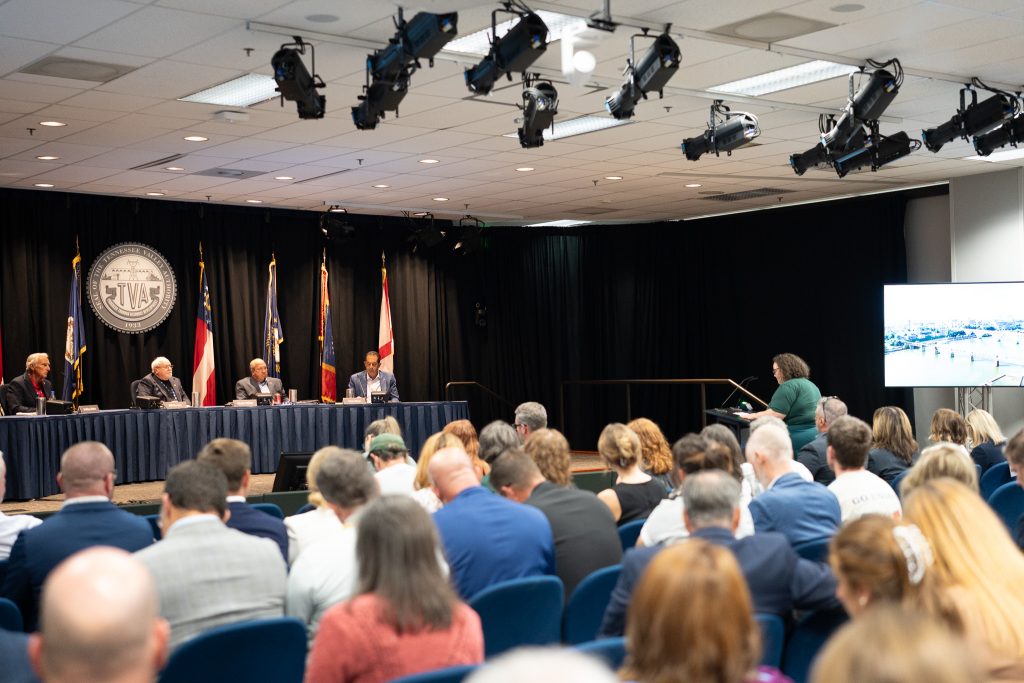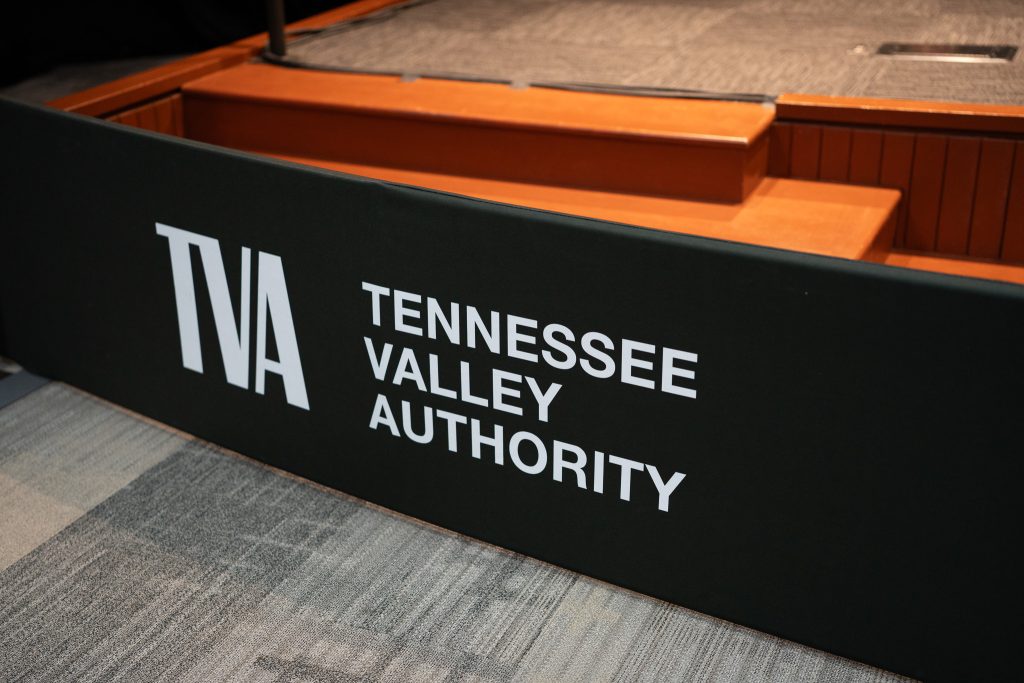FOR IMMEDIATE RELEASE
June 30, 2023
CONTACT
Trey Pollard, trey@pollardcommunications.com
COAL COUNTRY – Today, the Biden Administration’s Mine Safety and Health Administration (MSHA) released a long-delayed draft rule to protect coal miners from exposure to respirable silica — the principal cause of the resurgence of deadly black lung disease. The draft rule was announced shortly after six senators and 28 groups sent letters urging its release amid bureaucratic delays. Advocates applauded the draft proposal — which now will be open for public comment for at least thirty days — as it sets a science-based, enforceable standard to curb silica exposure.
“On behalf of the National Black Lung Association, I want to thank MSHA for what they are doing for the miners who have black lung by proposing this new standard,” said Gary Hairston, President of the National Black Lung Association. “Our younger miners are getting black lung within sometimes just 5 years of starting to work in the mines. We need the strongest possible standard to help these young guys stay healthy.”
The silica standard for coal miners had previously not been updated since 1985. In the time period since then, mining methods have changed as larger, more accessible coal seams have become exhausted. Miners now must cut through more sandstone, leading to more exposure to silica dust that is 20 times more toxic than coal dust and causes the most severe forms of black lung even after fewer years of exposure. Health experts and government bodies have developed scientific evidence and repeatedly concluded that this silica dust exposure is a major cause of the black lung epidemic and that the outdated MSHA silica standard was woefully ineffective at protecting miners from this threat. Now, in Central Appalachia, one in five tenured miners here has black lung disease and one in 20 has the most severe and totally disabling form of black lung.
Previously, MSHA’s silica rule set a permissible exposure limit — or the amount a coal miner could be exposed to during an eight hour shift — of up to 100 micrograms of the toxin per cubic meter. But, as noted in the Appalachian Citizens’ Law Center 2021 petition submitted to MSHA requesting a new silica standard, the Department of Labor’s Office of Inspector General found this level to be out of date. MSHA’s new draft standard is significantly stronger than the existing rule, setting a permissible exposure limit of 50 micrograms of silica dust per cubic meter — a science-based standard that would dramatically reduce silica dust exposure to curb black lung disease.
“I’m so proud of all the miners and their supporters who have been working on this for years, and we’re thankful to MSHA for taking this step,” said Vonda Robinson, Vice President of the National Black Lung Association. “It should’ve been done a long time ago. It takes all of us working together and I’m thankful for all the people who’ve made this happen. We need the strongest possible silica standard to give miners a better quality of life, and longer lives to live.”
Over a decade ago, in 2010, Appalachian Citizens’ Law Center (ACLC) petitioned MSHA to establish a dust standard for respirable crystalline silica. While MSHA responded and stated an intention to publish a proposed standard by April 2011, the rule was never promulgated and a decade of inaction followed. In 2016, the Occupational Safety and Health Administration (OSHA) established a reduced silica standard for other occupations, but because MSHA oversees mining regulations, the change meant miners had less protection from silica than any other group of workers. In 2021, ACLC again petitioned for a silica dust rule and the rule was reportedly drafted and submitted to OMB in January, where it sat until today. The delay drew the attention of Sens Joe Manchin (WV), Sherrod Brown (OH), Bob Casey (PA), John Fetterman (PA), John Warner (VA) and Tim Kaine (VA), as well as Rep. Bobby Scott, who all called on OMB to provide information about the reasons behind the delay.
“Miners will tell you that company-submitted samples can be fudged fairly easily to appear compliant regardless of actual conditions in the workplace, and that one-off samples collected by MSHA inspectors can be inadequate as well, since a mine operator can change how a mine is run for one day without seriously addressing ongoing issues,” said Willie Dodson, Central Appalachian Field Coordinator for Appalachian Voices. “Ideally, MSHA inspectors would take samples day after day after day in a given mine to determine compliance. As miners and advocates continue to engage MSHA on this matter, we’ll be pushing to ensure strong sampling methodologies are in place.”
“A strong new silica dust standard will be an important protection for coal miners across the country,” said Wes Addington, Executive Director of the Appalachian Citizens’ Law Center. “The evidence is clear that silica dust is responsible for the ongoing black lung epidemic in Central Appalachia, and that’s why we’ve been fighting for an evidence-based silica standard that curbs exposure to this deadly toxin for more than a decade. We’re grateful that the Biden Administration listened to the voices of coal miners to propose this rule that finally begins to address the scale of the black lung crisis by establishing science-based standards and a strong enforcement structure. Meanwhile, as the song says, the devil is in the dust but also in the details of a rule that has a lot of information to review. Still, this progress is long overdue, and we intend to mobilize our community to strengthen this proposal so that black lung does not rob coal miners of the life they deserve to live after their careers in the mines.”
Given the severe toxicity of silica dust, the fact that the draft standard is enforceable and monitored separately from coal dust is a major improvement. Researchers at the National Institute for Occupational Safety and Health found that significant proportions of samples taken from coal mines often met the coal dust standard but extraordinarily exceeded healthy silica levels. The draft proposal is separately enforceable from coal dust standards, ensuring regulatory attention is drawn to the silica crisis.
The draft proposal is now open for public comment for at least 45 days. However, advocates raised questions about the location of the lone two public hearings scheduled to collect input on the rule: Denver, Colorado, and Arlington, Virginia.
“We are somewhat perplexed to see the hearings are located in Denver and Arlington,” said Dana Kuhnline, Program Manager for Reimagine Appalachia. “Central Appalachian mines have a unique geology and unique experience with poor regulation and enforcement that increases the risks of silica exposure and has led to the current epidemic of black lung among miners. Hearings should be held in Central Appalachian states that have the highest rates of the disease. Miners who are most impacted by this important new rule should be able to attend.”
Nevertheless, advocates for the silica standard and their supporters are planning significant efforts to mobilize the public to comment and strengthen the rule.
###
Appalachian Voices is a leading nonprofit advocate for a healthy environment and just economy in the Appalachian region, and a driving force in America’s shift from fossil fuels to a clean energy future.



